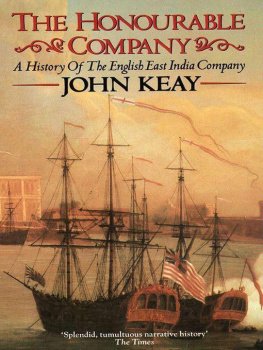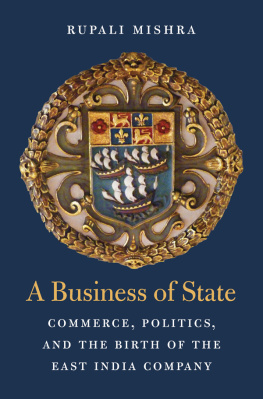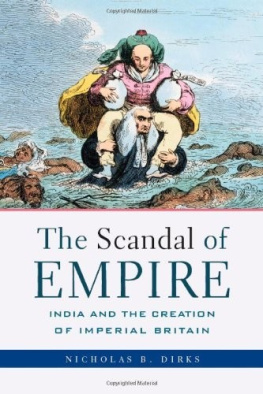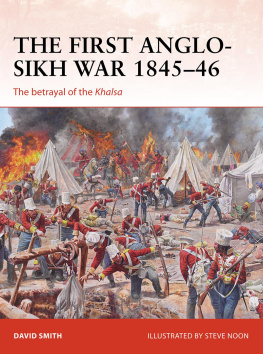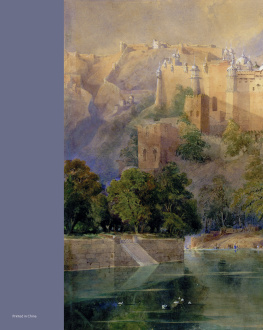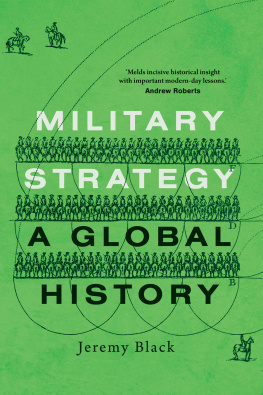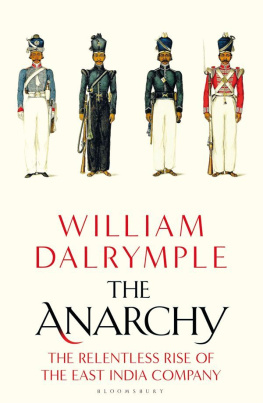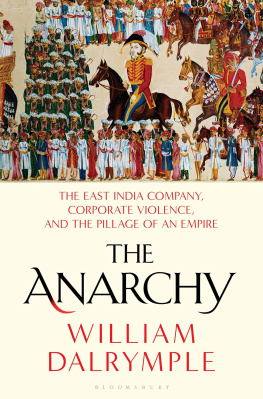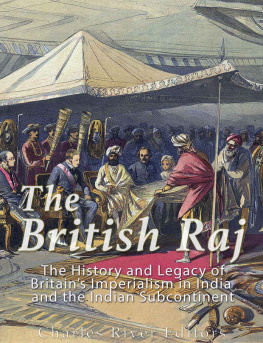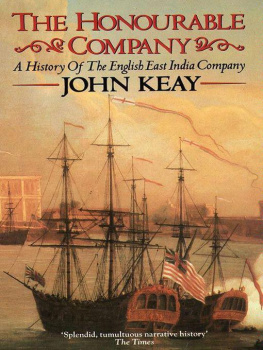East India Company - The black hole of empire: history of a global practice of power
Here you can read online East India Company - The black hole of empire: history of a global practice of power full text of the book (entire story) in english for free. Download pdf and epub, get meaning, cover and reviews about this ebook. City: Europa, year: 2012, publisher: Princeton University Press, genre: Art. Description of the work, (preface) as well as reviews are available. Best literature library LitArk.com created for fans of good reading and offers a wide selection of genres:
Romance novel
Science fiction
Adventure
Detective
Science
History
Home and family
Prose
Art
Politics
Computer
Non-fiction
Religion
Business
Children
Humor
Choose a favorite category and find really read worthwhile books. Enjoy immersion in the world of imagination, feel the emotions of the characters or learn something new for yourself, make an fascinating discovery.

- Book:The black hole of empire: history of a global practice of power
- Author:
- Publisher:Princeton University Press
- Genre:
- Year:2012
- City:Europa
- Rating:5 / 5
- Favourites:Add to favourites
- Your mark:
- 100
- 1
- 2
- 3
- 4
- 5
The black hole of empire: history of a global practice of power: summary, description and annotation
We offer to read an annotation, description, summary or preface (depends on what the author of the book "The black hole of empire: history of a global practice of power" wrote himself). If you haven't found the necessary information about the book — write in the comments, we will try to find it.
The black hole of empire: history of a global practice of power — read online for free the complete book (whole text) full work
Below is the text of the book, divided by pages. System saving the place of the last page read, allows you to conveniently read the book "The black hole of empire: history of a global practice of power" online for free, without having to search again every time where you left off. Put a bookmark, and you can go to the page where you finished reading at any time.
Font size:
Interval:
Bookmark:
The Black Hole of Empire
HISTORY OF A GLOBAL PRACTICE
OF POWER
Partha Chatterjee

Copyright 2012 by Princeton University Press
Requests for permission to reproduce material from this work should be sent to Permissions,
Princeton University Press
Published by Princeton University Press, 41 William Street, Princeton, New Jersey 08540
In the United Kingdom: Princeton University Press, 6 Oxford Street, Woodstock, Oxfordshire OX20 1TW
press.princeton.edu
All Rights Reserved
Library of Congress Cataloging-in-Publication Data
Chatterjee, Partha, 1947
The black hole of empire : history of a global practice of power /
Partha Chatterjee.
p. cm.
Includes bibliographical references and index.
ISBN 978-0-691-15200-4 (hardcover : alk. paper)
ISBN 978-0-691-15201-1 (pbk. : alk. paper)
1. Bengal (India)ColonizationHistory18th century. 2. Black Hole Incident, Calcutta, India, 1756. 3. East India CompanyHistory18th century. 4. ImperialismHistory. 5. EuropeColoniesHistory. I. Title.
DS465.C53 2011
954'.14029dc23 2011028355
British Library Cataloging-in-Publication Data is available
This book has been composed in Adobe Caslon Pro
Printed on acid-free paper.
Printed in the United States of America
10 9 8 7 6 5 4 3 2 1
To the amazing surgeons and physicians
who have kept me alive and working
CHAPTER ONE
Outrage in Calcutta
CHAPTER TWO
A Secret Veil
CHAPTER THREE
Tipus Tiger
CHAPTER FOUR
Liberty of the Subject
CHAPTER FIVE
Equality of Subjects
CHAPTER SIX
For the Happiness of Mankind
CHAPTER SEVEN
The Pedagogy of Violence
CHAPTER EIGHT
The Pedagogy of Culture
CHAPTER NINE
Bombs, Sovereignty, and Football
CHAPTER TEN
The Death and Everlasting Life of Empire
FIGURES
This book braids two histories: a little history, and a grand one. The little history is local, tracing the career of the English East India Companys fortified settlement in Bengal from the eighteenth century. In the nineteenth century, Fort William and the city of Calcutta that surrounds it became the capital of the British Empire in India. In the twentieth century, Calcutta also became a major place where nationalist modernity was fashioned and mass politics was organized. The conspiracies, ambitions, alliances, resistances, and confrontations that mark this local history of Fort William and its environs constitute one strand within this book. The grand history, on the other hand, is about the global phenomenon of modern empire from the eighteenth to the twentieth century. This history, I claim, was fundamentally shaped by the unprecedented problems posed by the fact of modern European states ruling over Asiatic and African peoples, shaping in turn the norms and practices of the modern state itself. Modern empire was not an aberrant supplement to the history of modernity but rather its constituent part. It will continue to thrive as long as the practices of the modern state-form remain unchanged. The continuing global history of the norms and practices of empire constitutes the second strand of the narrative.
The two histories come together in this book in the story of the Black Hole of Calcutta, the site of the alleged death by suffocation of 123 Europeans taken prisoner by Nawab Siraj-ud-daulah of Bengal in 1756. There was a time not too long ago when this account was widely known in many parts of the world. Indeed, the phrase the black hole of Calcutta was once commonly used to refer to any dark and suffocating place. Yet from 1758, the time of its first telling, the story has gone through many transformations, with each new version drawing a different moral conclusion. The sequence of retellings of the Black Hole story in the last two and a half centuries provides the narrative spine of this book. Around this, I have built a history of the British Empire in India and the nationalist resistance to it as well as a history of the global practices of empire as they have unfolded in the course of the frequently troubled relationship between metropolis and colony, and the changing demands of economic interest, political power, and moral legitimacy. Needless to say, the history of empire is densely entangled with the modern history of political theory, political economy, and international law. These entanglements work through abstract theoretical concepts and normative judgments.
My narrative commitment serves as a constant reminder that empire was not just about power politics, the logic of capital, or the civilizing mission but instead was something that had to be practiced, as a normal everyday business as well as at moments of extraordinary crisis, by real people in real time. The braiding of the two histories around a story line allows me not only to elucidate and reflect on the theories and ideologies of empire since the mid-eighteenth century; I also present rich narratives of numerous events and characters that make up the real history of empire. A historiography driven solely by debates in political theory, economics, or sociology inevitably leads to harnessing evidence of ones sources into a history that is nothing more than the ineluctable passage of the past into the necessary forms of the present. My attention to actual practices of empire as engaged in by real people in real time calls attention to the irreducible contingency of historical events that can never be fully encompassed by conceptual abstractions, just as it also points toward the significance of historical tendencies that never fructified, or developments that were arrested or suppressed. They are important elements of a history of empire as a global practice of power.
Who can tell a story that deals with so many subjects, periods, and locations? Instead of pretending to fill the role of the all-knowing author-as-historian, I have chosen, like poets and chroniclers of old, to disperse the narrative function over a more modest and indeterminate identitythat of the editorial we. I hope my readers will not grudge being sometimes interpolated into the collective voice of the storyteller.
The entwining of the local and the global around a placeFort William and the city that grew up around ithas the further effect of highlighting the fact that empire is not an abstract universal category floating around in some transcendental global space. It is embodied and experienced in actual locations. This book is therefore also about places and things in the city of Calcuttaneighborhoods and buildings, technologies and products, monuments and statuary, meeting halls, theaters, and sporting arenas. As we know, modernity was first experienced, in both metropolis and colony, as an urban phenomenon. The modern history of empire was thus lived and acted out in these placesplaces where that history is sometimes still remembered, and at other times, has been erased from memory. Both acts are part of the continuing history of empire. The story of the Black Hole of Calcutta, for instance, has disappeared from history books today. As we will see, this act of forgetting not only conceals a complex story of collaboration and conflict between colonizers and colonized but also is itself a powerful technique of empire that still forms a part of its repertoire of practices.
Many debts have been incurred in the course of writing this book. The research was carried out in the British Library in London, the libraries of Columbia University in New York, the National Library in Kolkata, the Nehru Memorial Museum and Library in New Delhi, and the Jadunath Sarkar Resource Centre and library of the Centre for Studies in Social Sciences, Calcutta (CSSSC). I am grateful to Malika Ghosh for her valuable research assistance. I am deeply indebted to Abhijit Bhattacharya and Kamalika Mukherjee of the Hitesranjan Sanyal Memorial Archive at the CSSSC for their unstinting help with micro-filmed and photographic material. I am also grateful to Annapoorna Potluri and Rehan Jamil of the South Asia Institute at Columbia University for assisting me with the visual material. Malini Roy, the visual arts curator of the British Library, was immensely helpful in giving me access to the India Office photographs collection. My sincere thanks to Chitta Panda, Ghulam Nabi, and the staff of the documentation section of the Victoria Memorial Hall, Kolkata, for their generous response to my request for digital images of items in their collection. Thanks also to Susan Bean for her kind assistance with an image from the Peabody Essex Museum in Salem. Amalendu De and Christopher Pinney have generously given permission to use images from their books. I thank Rangan Chakrabarti, Sudipto Chatterjee, Amlan Dasgupta, and Swapan Majumdar for their assistance with sources and information. Gopalkrishna Gandhi kindly arranged for an instructive guided tour of Government House; I am grateful to him for his ever-friendly encouragement.
Next pageFont size:
Interval:
Bookmark:
Similar books «The black hole of empire: history of a global practice of power»
Look at similar books to The black hole of empire: history of a global practice of power. We have selected literature similar in name and meaning in the hope of providing readers with more options to find new, interesting, not yet read works.
Discussion, reviews of the book The black hole of empire: history of a global practice of power and just readers' own opinions. Leave your comments, write what you think about the work, its meaning or the main characters. Specify what exactly you liked and what you didn't like, and why you think so.

